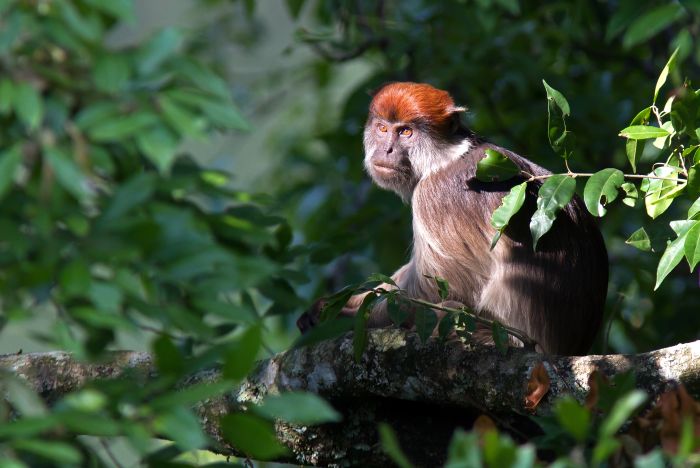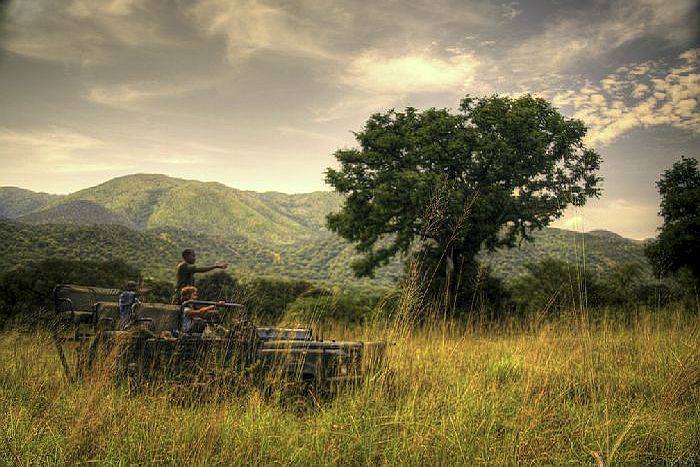The best place in East Africa for chimpanzees, plus Uganda kob, Shoebills and forest elephant...
In the western part of Uganda, you find the Kibale National Park, Semuliki National Park and Semliki Wildlife Reserve. All offer great views of the awesome Rwenzori Mountains and excellent birding. However they are especially known for their rewarding forest walks in search of chimpanzees and other primates. The three game reserves all share this. But they are far from replicating the same safari experience.
This is the best place to see primates in Uganda in terms of both numbers and variety. Kibale is home to over 1000 chimps, including one group of 80 individuals. Plus the Rainforest Park hides the elusive forest elephant and giant forest hog, as well as small antelope and buffalo.
Most of the activities are organised from the Kibale National Park headquarters. The most popular are the chimpanzee tours which takes place in the morning and the late afternoon. There is also a fascinating chimpanzee habituation experience. This gives you the chance to watch as they wake up, search for food, rest and play and then settle down to sleep again. A nocturnal walk is a particularly unusual and thrilling treat. But it is only possible for those staying close to the park gate at lodges such as Primate Lodge or Kibale Forest Lodge.
Outside the park, you enjoy guided village walks around their community and to the nearby wetlands. Local crafts such as woven raffia baskets are often on sale.

The Semuliki Wildlife Reserve of Uganda is 500 km² of wilderness between the Rwenzori Mountains and Lake Albert in the Western Rift Valley. It has good numbers of buffalo, forest elephant, the shy leopard and various monkeys and antelope. Being a centre for primate research, this is also a great place for chimpanzee tracking on guided walks and safaris. The Shoebill stork can regularly to be seen on the shimmering shores of Lake Albert.
Semuliki National Park is very much border country. It feels more Central Africa than East Africa. The Semliki River forms the border with the DRC. And the forest, which makes up most of the protected area, is the eastern part of the ancient Ituri Forest of the Congo basin. This, coupled with the fact that there is no accommodation in Semuliki National Park means that it is little visited. Two hot springs gurgle up in a swamp in the midst of the forest, each used in ritual by men and women separately.

Between the parks is the dusty old colonial outpost of Fort Portal, surrounded by lush tea plantations and numerous crater lakes. The ridges of these extinct volcanoes are ideal for a scenic hike. Here you can admire not only the sparkling waters of the lakes, but also the misty grandeur of the towering Rwenzori Mountains. Only the solo peaks of Kilimanjaro and Kenya are higher.
We arrange trips to more than 100+ destinations throughout the African continent.